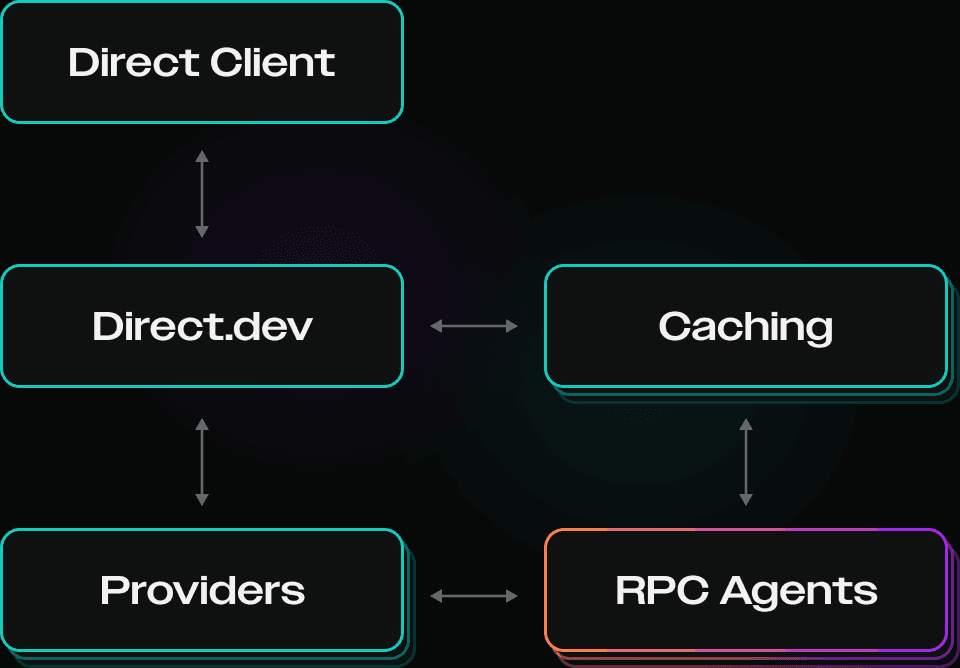Introduction
Web3 applications generate a massive amount of unnecessary RPC traffic, driving up costs and slowing down performance. The current approach - scaling by adding more infrastructure - only treats the symptoms. What’s needed is a smarter layer that fixes the problem at its core.
What Cloudflare did for Web2, Direct is doing for Web3.
Cloudflare paved the way for a faster, safer, and more resilient internet - turning slow, fragile websites into fast, secure experiences. With a simple integration, developers got CDN caching, DDoS protection, SSL, minification, and more - all out of the box. No code changes. No hassle. Just instant performance and reliability.
Direct brings that same philosophy to Web3. Direct is a plug-and-play RPC layer that cuts 90%+ of redundant traffic, slashes latency, and improves reliability across chains and providers. Direct sits between your app and the RPC providers, optimizing every request in real time with caching, prefetching, and intelligent routing.
Architecture Overview
Direct is built as a modular optimization layer for Web3 data traffic - combining a custom client, intelligent RPC Agents, multi-tiered caching, and dynamic provider routing. Each part of the system plays a critical role in reducing unnecessary requests, improving performance, and increasing reliability.

This image illustrates a simplified overview of our infrastructure, focusing on the core components and flow.
Direct Client
We’ve implemented our own Direct Client library, which hooks seamlessly into your existing infrastructure, and uniquely positions us to perform several important optimizations for your application.
RPC Agents
Our RPC Agents sit at the core of our infrastructure, and perform in-depth analysis of your data access patterns to optimize your application performance. Agents act as personal assistants for your project.
Caching
To minimize request latency, we’ve implemented a global caching architecture, that brings data as close to the user as possible.
Providers
Direct intelligently routes requests across multiple Web3 infrastructure providers, automatically selecting the fastest, healthiest, and most cost-effective option at any moment.